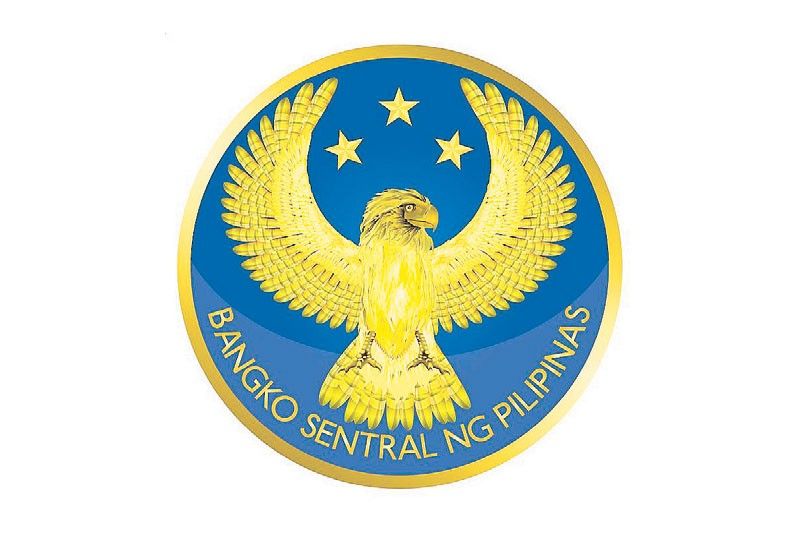BSP likely to embark on gradual easing cycle

MANILA, Philippines — The Bangko Sentral ng Pilipinas (BSP) will likely adopt a gradual easing cycle after slashing rates by 25 basis points last week, as growth is expected to be resilient in the coming quarters due to a robust labor market.
Aris Dacanay, economist for ASEAN at HSBC, said the Philippine central bank has room to gradually cut policy rates since “nothing terrible is happening in economic growth.”
“The labor market remains very strong with employment exceeding what the demographic trend would suggest,” he said in a report.
“Yes, consumption momentum has waned due to high interest rates and inflation, likely leading to below-potential growth. But we don’t expect the economy to slow down substantially enough to make a 50-basis-point rate cut appropriate,” Dacanay said.
He expects the BSP to cut rates by another 25 basis points in the fourth quarter, bringing the key interest rate down to six percent by end-2024 from the current 6.25 percent. HSBC also expects 100 basis points of rate cuts to five percent in 2025.
Dacanay added that with the US Federal Reserve seen to begin its easing cycle next month, there is less concern over BSP’s dependence on the US central bank.
The BSP’s Monetary Board lowered its target reverse repurchase (RRP) rate by 25 basis points during its fifth policy meeting of the year, marking the central bank’s first rate cut in almost four years, the last being in November 2020.
Prior to this, the BSP had kept its policy rate steady for six straight meetings since November 2023. From May 2022 to October 2023, it hiked rates by 450 basis points.
Robert Carnell, regional head of research for Asia-Pacific at ING Bank, said the rate cut last week is unlikely to be a one-and-done rate cut.
He said inflation would slow substantially in the coming months as rice prices, even if elevated, would not likely add inflationary pressures amid favorable base effects.
“We could see BSP tracking the Fed one-for-one in the coming months as the Fed finally begins its own easing cycle – depending on how the peso behaves. And further easing looks probable in 2025,” Carnell said.
The rate cuts this year could also support the case for a more robust growth outlook in 2025.
“We aren’t particularly optimistic about growth over the remainder of 2024, with a full-year forecast of just 5.3 percent. However, we may need to lift our 5.6 percent forecast for 2025 to recognize BSP’s supportive policy shift,” he added.
Meanwhile, ANZ Research said the BSP has room for one more rate cut this year given persistently weak demand and improving inflation outlook.
“The trade deficit has widened in recent months and that can add to depreciation pressure on the peso. However, with the Fed also expected to lower its interest rate in September, the depreciation pressure on the peso should be limited,” it said.
Further, the Republic of the Philippines Government Bonds (RPGB) yield curve had priced in up to 50 basis points worth of rate cuts heading into last week’s meeting, by ANZ’s estimates.
“Looking ahead, we expect yields to consolidate before resuming a downtrend,” it said. “We expect the BSP’s rate-cutting cycle to continue into early 2025, therefore opening another 25 basis point downside to bond yields if the downtrend in inflation continues in the coming months.”
ANZ also noted that the BSP is looking to bring down the current reserve requirement ratio (RRR) of 9.5 percent for big banks.
“Every one percent cut in RRR is estimated to release about P150 billion worth of banking liquidity, or equivalent to 18 percent of net RPGB supply in the financial year, though much of it would likely be absorbed into the BSP’s monetary operation tools,” it said.
Last week, BSP Governor Eli Remolona Jr. said RRR cuts this year have not been discussed in the Monetary Board, but he will raise it in their next meetings.
“I think we should reduce the reserve requirement quite substantially. Right now it’s at a ridiculous level and it needs to go down substantially. But we haven’t made any decision of when to do it. We will do it. But we don’t know when,” he said.
BPI lead economist Jun Neri said the central bank could start cutting the RRR later this year and in 2025.
“The Monetary Board has the room to alternate the RRP and RRR cuts as long as liquidity and monetary conditions remain supportive of their price stability mandate,” he said.
- Latest
- Trending
































